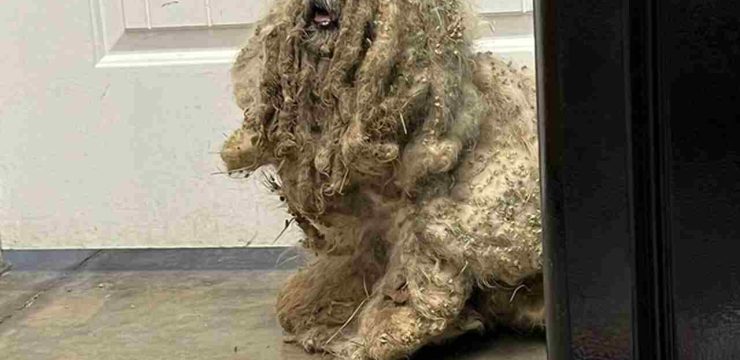Most people have gone through the frustrating experience of being in the middle of a simple stretch, maybe raising their arm overhead or loosening up after a long day, when suddenly, out of nowhere, a sharp cramp seizes the arm and stops everything in its tracks, leaving you frozen and startled for a few moments.

It’s not just uncomfortable, it’s often confusing, and while the pain tends to pass fairly quickly, it’s your body’s way of sending a clear message that something isn’t working quite as it should. Arm cramps while stretching may feel random, but there are clear reasons behind them, and once you understand those causes, you can take steps to address the issue and even prevent it from happening again. To begin with, a cramp is essentially a sudden, involuntary contraction of a muscle that doesn’t release immediately. It can feel like a knot of stone forming under your skin, a sudden pull, or even a stabbing pain that makes you wince. Although people tend to associate cramps with legs—especially calves or hamstrings—they can just as easily happen in arms, hands, ribs, and even the abdominal muscles.
In most cases, an arm cramp during a stretch will ease on its own within seconds or a couple of minutes, but the soreness it leaves behind can hang around for hours, reminding you that your muscle just went through something unexpected. The big question is why these cramps strike during stretching, an activity that should ideally feel good and relieving. Health professionals point to several overlapping causes. One of the main reasons is muscle fatigue or overuse. When a muscle group has been worked hard—whether through exercise, repetitive movement, or daily strain—it becomes more vulnerable to seizing up.
Another major culprit is dehydration, which throws off the delicate balance of electrolytes like potassium, calcium, and magnesium that muscles need to contract and relax properly. Without enough fluids and minerals, muscles become irritable and prone to involuntary contractions. Poor stretching habits can also set the stage for a cramp. Diving into a stretch too quickly or too forcefully without a proper warm-up can shock the muscle, triggering a spasm. Fatigue itself disrupts the communication between nerves and muscles, causing them to misfire and lock up when you least expect it.
Sometimes, a cramp under the armpit or in the upper arm simply means that particular muscle has been overworked, under-hydrated, or deprived of the nutrients it needs to function smoothly. So, what should you do if you suddenly get a cramp mid-stretch? The first rule is to stop the movement immediately. Trying to push through the pain will only risk injury. Instead, gently stretch the muscle in the opposite direction of the cramp to encourage it to release. Many people also find relief in massaging the tight area with light pressure, which boosts blood flow and helps the knot unwind. Applying heat can relax the muscle in the moment, while ice is useful afterward if soreness lingers. Hydration is also key—drinking water or fluids with electrolytes can restore balance and support recovery.
Beyond dealing with a cramp in the moment, the bigger goal is prevention. Warming up before stretching is one of the simplest ways to keep cramps from sneaking up on you. Starting with light movements or dynamic stretches prepares your muscles for more intense activity. Staying hydrated throughout the day, especially if you’re active or live in a hot climate, keeps your body’s fluid and mineral levels where they need to be. Good nutrition plays an important role too—foods rich in potassium, magnesium, and calcium, like bananas, nuts, leafy greens, and dairy, give your muscles the fuel they need to contract and relax properly. Making stretching a consistent habit also improves muscle control and recovery over time, making cramps less likely.
If you’re starting a new workout or physical activity, easing into it gradually allows your muscles to adapt instead of being shocked into spasm. While most arm cramps are harmless and simply annoying, it’s smart to pay attention to patterns. Frequent or severe cramps, persistent muscle pain, weakness, or spasms that always occur in the same spot might point to an underlying health issue that requires medical evaluation. In those cases, consulting a healthcare provider is the best step. At the end of the day, an arm cramp during stretching is more than just an unpleasant interruption—it’s your body trying to tell you that something needs adjustment, whether that’s drinking more water, getting better nutrition, warming up properly, or being gentler with your routine. By listening to your body and giving it the support it needs, you can reduce the chance of cramps hijacking your next stretch and keep yourself moving comfortably and safely.





